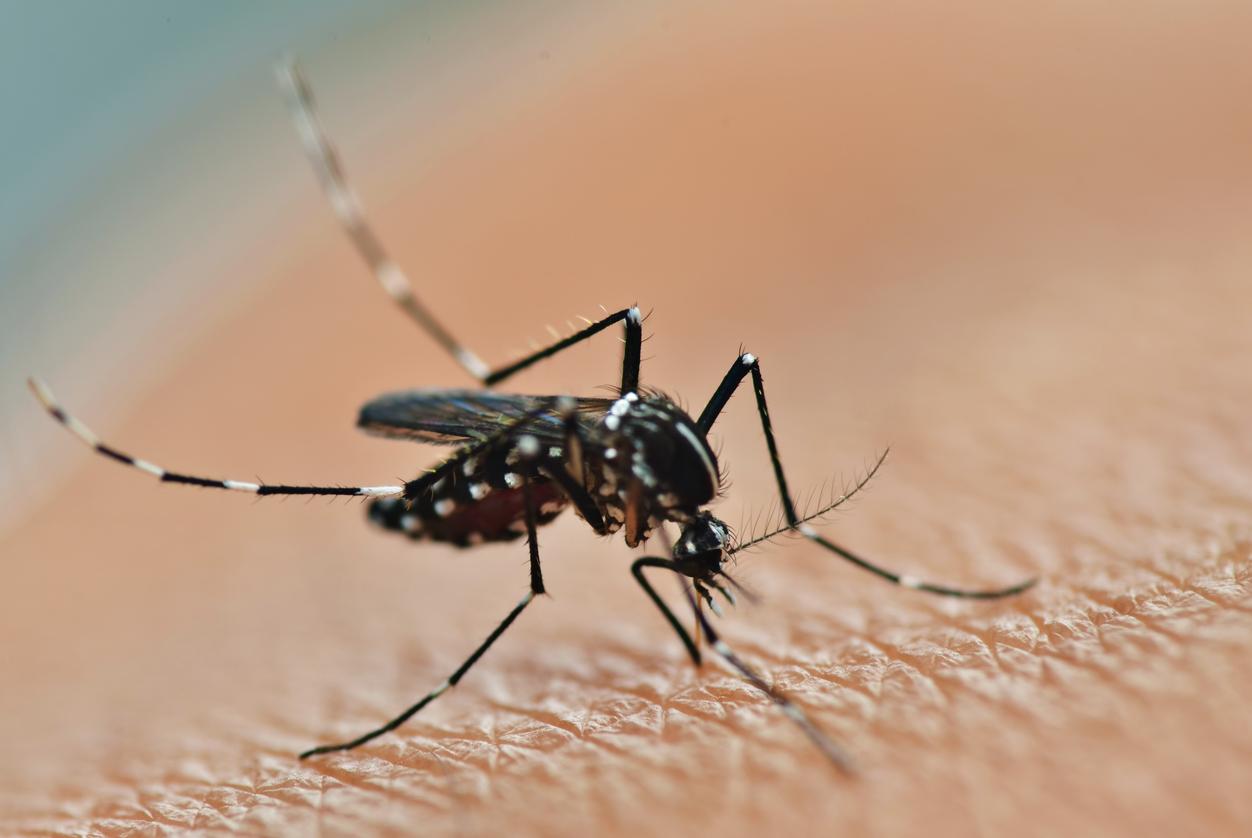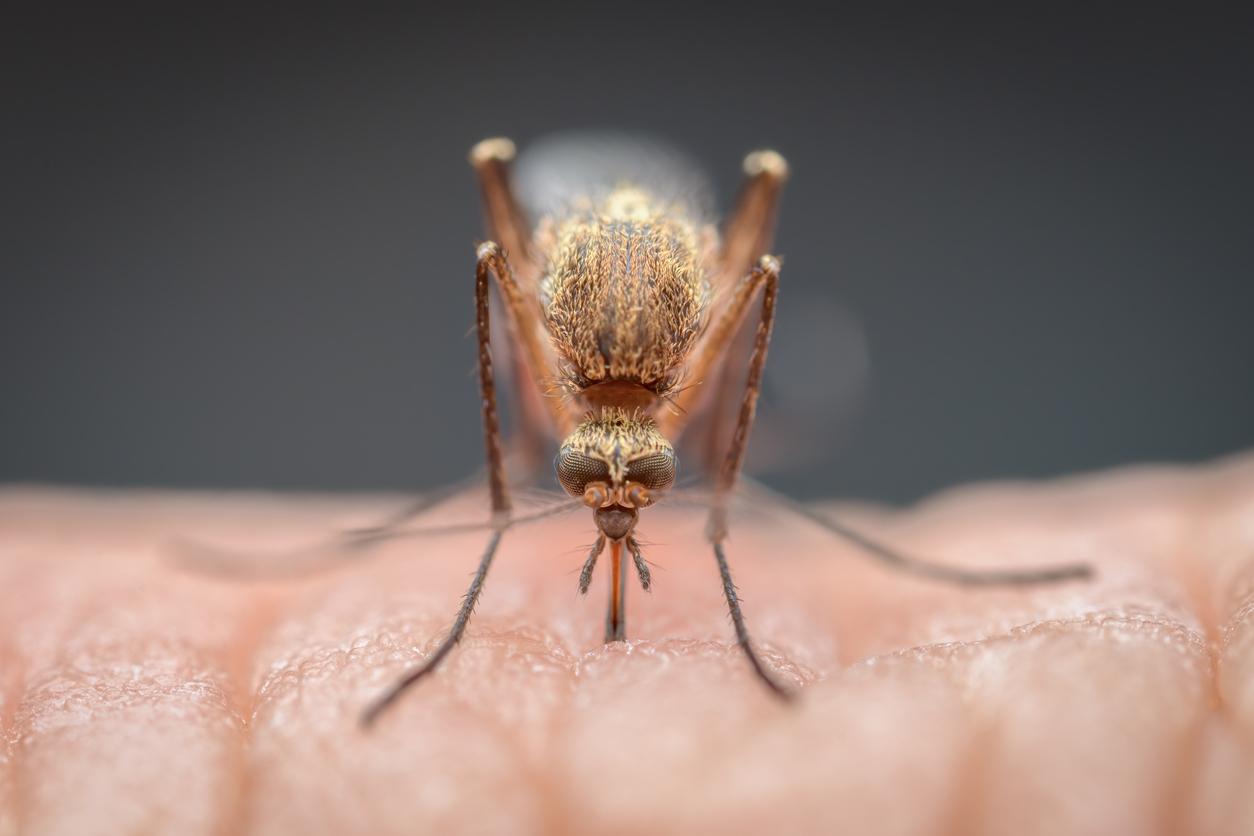While the World Health Organization said in its latest bulletin on H7N9 flu, on July 20, that “so far, there is no evidence of sustained human-to-human transmission,” a first case of probable human-to-human transmission of the virus was found by Chinese researchers.
The medical journal British Medical Journal reports the case of a 60-year-old man living in eastern China who fell ill a few days after visiting a poultry market in March. His 32-year-old daughter looked after him before also falling ill after two weeks. “Both patients became seriously ill, had fever and pneumonia before succumbing to the disease. Genetic testing revealed they were infected with almost identical strains of the H7N9 virus,” the site says. LiveScience.
A reminder to be vigilant
To date, “WHO has been informed of a total of 134 laboratory-confirmed cases of infection with avian influenza A (H7N9) virus, of which 43 have died. Four cases have been hospitalized and 87 have been cleared. leave the hospital, “the Organization said at the end of July. But according to James Rudge and Richard Coke, two experts from the London School of Hygiene and Tropical Medicine who wrote an editorial on the sidelines of the study, “This new report does not mean that the H7N9 virus is likely to cause a pandemic in people. Human being”.
Indeed, the two scientists explain that “a limited human-to-human transmission of the avian influenza virus has already been observed in the past, which is not surprising.” In this specific case, the young woman was deeply involved in her father’s care and she cleaned her mucus and teeth without using the correct equipment, the report says. Moreover, the 43 other people who were in contact with the patient were not infected.
This study therefore provides “a timely reminder of the need to remain extremely vigilant”, point out James Rudge and Richard Coke.

















